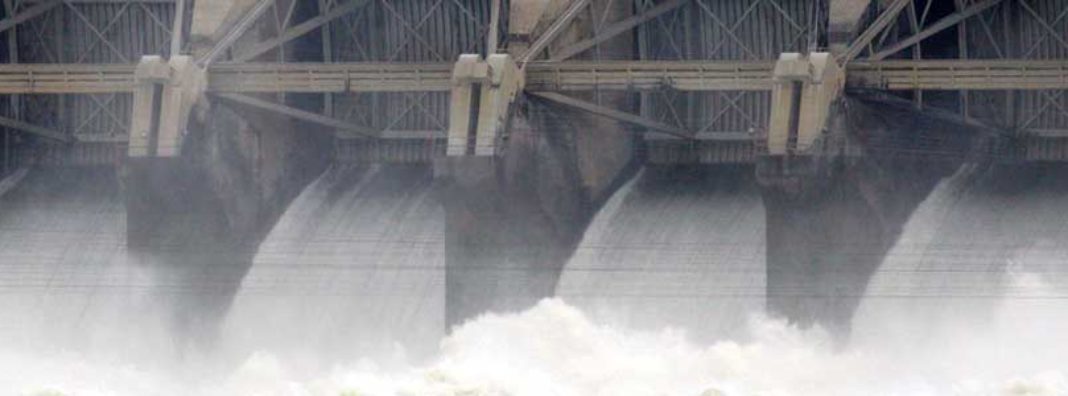
A small city in Northern Utah is once again facing stringent federal barriers before it can update an aging hydropower project. The city of Logan has been working to comply with federal regulations for six years and is just now on the cusp of beginning work on the Third Dam restoration project. Small-scale hydropower projects like Logan’s provide reliable, clean, and low-cost electricity to local residents. Federal permitting requirements, however, often discourage the development and use of what would otherwise be common-sense local projects.
Logan experienced these regulatory barriers first-hand in 2009 when the city began installation of a micro-hydropower project. City engineers wanted to install a turbine in an existing pipeline to reduce water pressure and, in doing so, generate enough electricity to power 185 homes. The project made both economic and environmental sense, but due to the federal regulatory process, ended up costing more than $3 million — twice the expected cost. City officials estimated it will take about 50 years for the project to break even.
{mosads}Today Logan is coming up against these regulatory barriers once again as it works to update an aging small hydropower project known as Third Dam. The dam, originally built in 1901, needs significant updates. Before those updates can occur, the city must comply with a laundry list of regulatory requirements. Hydropower projects generally must go through the Federal Energy Regulatory Commission (FERC) licensing process, which can require significant investments in time and money.
Before moving forward with the Third Dam project, Logan must comply not only with FERC’s requirements but also with the Endangered Species Act, the Clean Water Act and the National Historic Preservation Act. All of this red tape must be navigated before Logan can begin updating a dam that’s been around for 117 years. In June, city officials were working to address FERC’s comments in order to move forward with the project.
In 2017, hydropower provided 7.5 percent of total U.S. electricity generation and 44 percent of total electricity generation from renewables sources. Small hydro in particular has the potential to provide low-cost power with only marginal additional environmental impacts.
Projects like this are usually additions or improvements to existing dams, pipelines, and canals. This means there’s no need for damming up another river or creating a reservoir that can destroy habitat and interrupt the natural flow of water. Small hydro projects can produce up to 10 megawatt (MW) of electricity, and each MW is about enough to power 650 homes.
Across the U.S., there are thousands of existing dams that could be generating electricity through the installation of small hydro capacity. A 2015 Oak Ridge National Laboratory Report found that of the nation’s 80,000 dams, only 3 percent currently generate electricity. Part of the reason only a small fraction of dams currently generate electricity is that retrofitting an existing dam requires communities like Logan to face a tangled web of federal permitting requirements that can stop common-sense small hydro projects from ever getting off the ground.
Fortunately, policymakers have recognized that the federal permitting process for hydropower, and small hydro in particular, is unnecessarily onerous and have tried to address the problem.
The Hydropower Regulatory Efficiency Act of 2013 exempted certain small and noncontroversial projects from the standard process and directed FERC to explore a two-year licensing process, among other changes. The 2014 Water Resource Reform and Development Act was passed to require Army Corps of Engineer projects be approved “in a timely and consistent manner.”
These reforms were well-intentioned, but Logan’s ongoing struggle suggests more needs to be done. The House Energy and Commerce Subcommittee on Energy and Power recently met to discuss more measures to streamline the permitting process. Most of their efforts are focused on ways to reduce redundancies in permitting requirements among the multiple federal agencies involved and set a two-year goal for completion of all reviews.
These potential changes are promising, and policymakers should continue exploring ways to make it easier for local communities to develop small hydro projects. Small hydropower projects are too often caught in a regulatory noose. Failing to take action leaves cities like Logan with limited options for clean power and squanders our nation’s vast untapped small hydropower resources.


 The Hill
The Hill